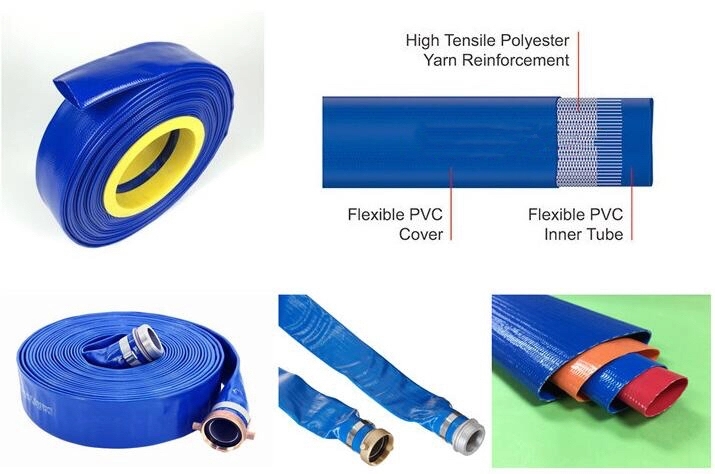Choosing the Right Hose for Oxygen and Acetylene Applications in Welding
Understanding the Role of Oxygen and Acetylene Hoses in Welding and Cutting Applications
In the world of welding and cutting, the precision and quality of the work often depend greatly on the tools and equipment used. Among these, oxygen and acetylene hoses play a pivotal role in the oxy-acetylene welding process, a widely used method in metal fabrication and repair. This article explores the functions, types, and safety considerations associated with oxygen and acetylene hoses.
Oxygen and acetylene welding involves a chemical reaction between oxygen and acetylene gas to produce a flame that reaches temperatures of approximately 3,200 degrees Celsius (5,792 degrees Fahrenheit). This intense heat allows metal to be melted and joined together effectively. The hoses used in this process are crucial for transporting these gases safely and efficiently from their respective tanks to the welding torch.
Understanding the Role of Oxygen and Acetylene Hoses in Welding and Cutting Applications
There are two main types of hoses used for oxy-acetylene work twin hoses and individual hoses. Twin hoses combine both oxygen and acetylene in a single line, which can simplify setup and reduce clutter. Each gas flows through its own tube insulated from the other to prevent any risk of contamination. Individual hoses, on the other hand, consist of separate lines for oxygen and acetylene, offering versatility and ease of replacement.
oxygen & acetylene hose

While the functionality of oxygen and acetylene hoses is critical, safety cannot be overlooked. Mishandling of these hoses can lead to dangerous situations, including fire or explosion. It's crucial to inspect hoses regularly for signs of wear, such as cracks, cuts, or leaks. Operators should also ensure that hose connections are secure and that hoses are kept away from sharp edges, heat sources, and other hazards.
Proper storage of hoses is another important safety measure. When not in use, hoses should be coiled loosely and stored in a cool, dry area away from sunlight and flammable materials. It is essential to never use oil or other lubricants on hoses, especially on acetylene hoses, as this can create a highly flammable condition.
Moreover, it’s important to be aware of the correct operating pressures for both oxygen and acetylene. Each gas has specific requirements and exceeding these limits can lead to dangerous situations, including bursts or leaks. Training in proper techniques of handling and using hoses is essential for anyone working with oxy-acetylene equipment.
In conclusion, oxygen and acetylene hoses are integral components of the welding and cutting processes. Understanding their structure, functionality, and safety precautions is crucial for anyone involved in metalworking. Mishandling or improper use of these hoses can result in severe accidents, emphasizing the need for training and awareness. Thus, whether you are a seasoned professional or a novice, ensuring a firm grasp of the fundamentals surrounding oxygen and acetylene hoses will lead to safer and more effective welding and cutting operations.
-
Welded Wire Mesh Panel: Durable, Versatile, and AffordableNewsJul.28,2025
-
Top Quality Oxy Acetylene Hoses for Sale Fit for Welding DemandsNewsJul.28,2025
-
The Future of Pneumatic Air Tubes in IndustryNewsJul.28,2025
-
Superior and Reliable LPG Hose Pipe Solutions for Every NeedNewsJul.28,2025
-
Exceptionally Durable and Versatile Premium Braided PVC TubingNewsJul.28,2025
-
Best Adapters for Connecting Garden Hose to PVC Pipe ConnectionsNewsJul.28,2025














